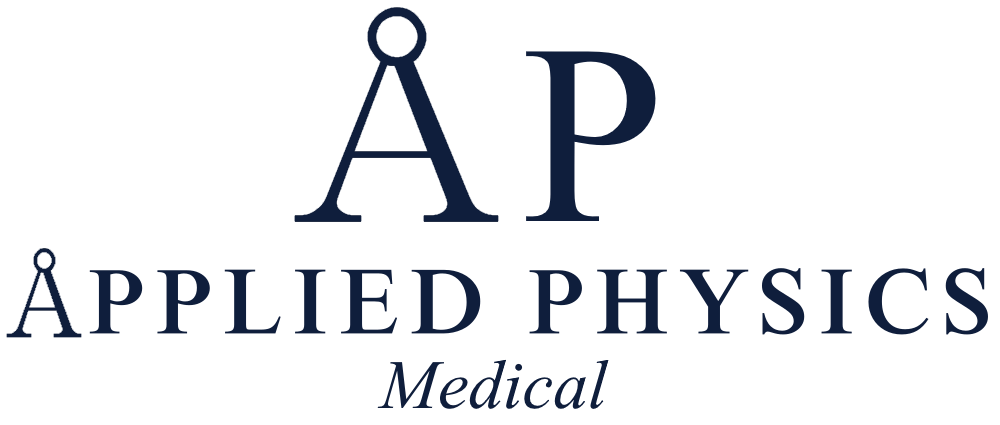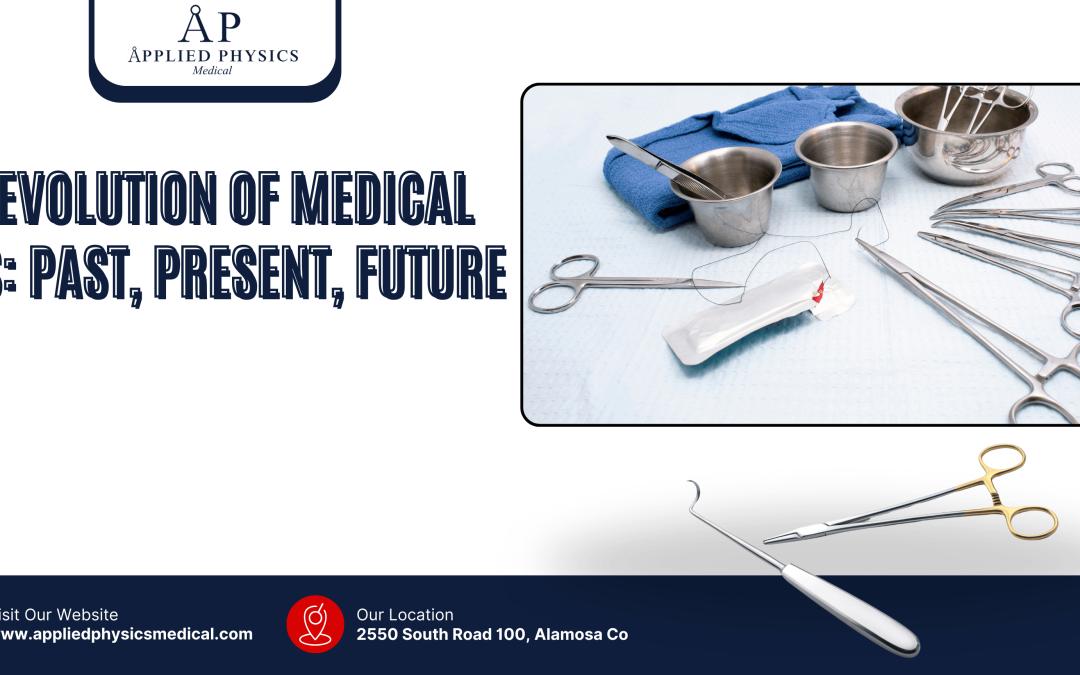Introduction
The history of medical tools dates back to ancient civilizations, where early humans used primitive instruments for medical procedures. For instance, ancient Egyptians used metal tools such as scalpels and forceps for surgeries and medical treatments. The Greeks and Romans also made significant contributions to medical tools, with the development of instruments like the speculum and surgical needles.
These early tools laid the foundation for the evolution of medical instruments and set the stage for future innovations in the field of medicine. During the Middle Ages, medical tools continued to evolve, albeit at a slower pace. The Renaissance period saw a resurgence in medical knowledge and the refinement of existing tools, such as the invention of the microscope by Antonie van Leeuwenhoek.
This period marked a turning point in medical tool development, as it paved the way for more advanced and precise instruments that would revolutionize medical practices in the centuries to come.
Key Takeaways
- The early history of medical tools dates back to ancient civilizations, where tools such as scalpels and forceps were used for medical procedures.
- Innovations in the 20th century led to the development of advanced medical tools such as X-rays, MRI machines, and minimally invasive surgical instruments.
- Current trends in medical tool development focus on precision medicine, personalized medical devices, and the integration of technology such as AI and robotics.
- Technology has had a significant impact on leading to improved accuracy, efficiency, and patient outcomes.
- Future possibilities for medical tools include nanotechnology, 3D printing, and the use of biocompatible materials, but ethical considerations and challenges in regulation and access must be addressed.
Innovations in Medical Tools in the 20th Century
Diagnostic Imaging Breakthroughs
One of the most significant breakthroughs was the invention of the X-ray machine by Wilhelm Conrad Roentgen in 1895, which revolutionized diagnostic imaging and enabled doctors to visualize internal structures of the body non-invasively. This was followed by the development of other imaging technologies such as MRI and CT scans, which further enhanced diagnostic capabilities.
Advancements in Surgical Tools
Surgical tools also underwent significant advancements during this period, with the introduction of electrically powered devices such as the surgical drill and cautery tools. These innovations greatly improved the precision and efficiency of surgical procedures.
Transforming Medical Treatment
The discovery of antibiotics and the development of vaccines also transformed medical treatment, leading to a significant reduction in mortality rates from infectious diseases. These advancements, combined with breakthroughs in diagnostic imaging and surgical tools, marked a golden age of innovation in medical tools, laying the groundwork for modern medical practices and setting the stage for further advancements in the field.
Current Trends in Medical Tool Development
In the 21st century, medical tool development continues to be driven by technological advancements and a growing understanding of human biology. One of the key trends is the miniaturization of medical devices, allowing for less invasive procedures and improved patient outcomes. For example, minimally invasive surgical tools such as laparoscopes and robotic-assisted surgical systems have revolutionized surgical procedures, reducing recovery times and post-operative complications.
Another trend is the integration of digital technologies into medical tools, enabling real-time monitoring and personalized treatment options. Wearable devices, such as smartwatches and fitness trackers, are being used to track vital signs and provide early warning signs of potential health issues. Furthermore, 3D printing technology has enabled the customization of medical implants and prosthetics, leading to better patient outcomes and improved quality of life.
The Impact of Technology on Medical Tools
| Technology | Impact on Medical Tools |
|---|---|
| Robotics | Allows for precise and minimally invasive surgeries |
| Artificial Intelligence | Assists in diagnosing diseases and analyzing medical images |
| 3D Printing | Enables the creation of customized medical implants and prosthetics |
| Telemedicine | Facilitates remote patient monitoring and consultations |
| Big Data Analytics | Helps in identifying patterns and trends in patient data for better treatment outcomes |
Technology has had a profound impact on the evolution of medical tools, enabling unprecedented levels of precision, efficiency, and patient care. Advancements in materials science have led to the development of biocompatible materials for implants and prosthetics, reducing the risk of rejection and improving long-term outcomes for patients. Furthermore, artificial intelligence (AI) and machine learning algorithms are being integrated into medical tools to assist with diagnosis, treatment planning, and predictive analytics.
Telemedicine and remote monitoring technologies have also expanded access to healthcare services, particularly in underserved areas or during public health crises. Patients can now receive virtual consultations, access medical records online, and even undergo remote monitoring of chronic conditions from the comfort of their homes. These technological advancements have not only improved patient care but also streamlined healthcare delivery systems, making them more efficient and cost-effective.
Future Possibilities for Medical Tools
Looking ahead, the future of medical tools holds immense promise for further advancements that will continue to transform healthcare practices. Nanotechnology is poised to revolutionize drug delivery systems and diagnostic tools, allowing for targeted treatments at the cellular level. Additionally, gene editing technologies such as CRISPR-Cas9 hold the potential for personalized medicine, enabling precise modifications to genetic material to treat inherited diseases.
Advancements in robotics and artificial intelligence are expected to further enhance surgical precision and enable autonomous medical procedures. Robotic-assisted surgeries are already becoming more commonplace, and future developments may lead to fully autonomous surgical systems that can perform complex procedures with minimal human intervention. Furthermore, regenerative medicine technologies such as tissue engineering and stem cell therapies offer the potential to regenerate damaged tissues and organs, providing new avenues for treating chronic conditions and injuries.
Challenges and Ethical Considerations in Medical Tool Evolution
As medical tools continue to evolve, there are several challenges and ethical considerations that must be addressed to ensure their responsible use and integration into healthcare practices. Patient privacy and data security are paramount concerns with the increasing use of digital technologies. Safeguarding sensitive health information from cyber threats and unauthorized access is crucial to maintaining patient trust and confidentiality.
Another challenge is ensuring equitable access to advanced medical tools and technologies across different socioeconomic groups and geographic regions. Disparities in healthcare access can exacerbate existing inequalities in healthcare outcomes, making it essential to consider how new medical tools can be made accessible to all individuals regardless of their background or location. Ethical considerations also arise with emerging technologies such as gene editing and artificial intelligence, raising questions about informed consent, potential misuse, and unintended consequences.
Regulatory bodies, healthcare professionals, and researchers must engage in ongoing dialogue about the ethical implications of new and established guidelines for their responsible development and use.
The Role of Medical Tools in Advancing Healthcare
Medical tools are pivotal in advancing healthcare by enabling early diagnosis, precise treatment interventions, and improved patient outcomes. Diagnostic tools such as blood tests, imaging technologies, and genetic screening enable healthcare providers to identify health issues at their earliest stages, allowing for timely interventions and preventive measures. Surgical instruments and medical devices facilitate minimally invasive procedures, reducing patient discomfort and accelerating recovery times.
Moreover, medical tools contribute to ongoing research by providing valuable data for clinical studies and trials. Advanced imaging technologies allow researchers to visualize disease progression at a microscopic level, while wearable devices collect real-time health data for population health studies.
The continuous evolution of medical tools not only enhances individual patient care but also contributes to broader public health initiatives by enabling more accurate disease surveillance and epidemiological research. However, it is essential to address the challenges and ethical considerations associated with these advancements to ensure that are used responsibly and equitably for the benefit of all individuals.
Conclusion
The evolution of medical tools has been shaped by centuries of innovation, driven by technological advancements, scientific discoveries, and a growing understanding of human physiology. From ancient civilizations’ primitive instruments to today’s cutting-edge technologies, medical tools have been crucial in advancing healthcare practices and improving patient outcomes. As we look toward the future, continued investment in research and development will pave the way for even more transformative advancements in offering new possibilities for personalized medicine, regenerative therapies, and enhanced patient care.


